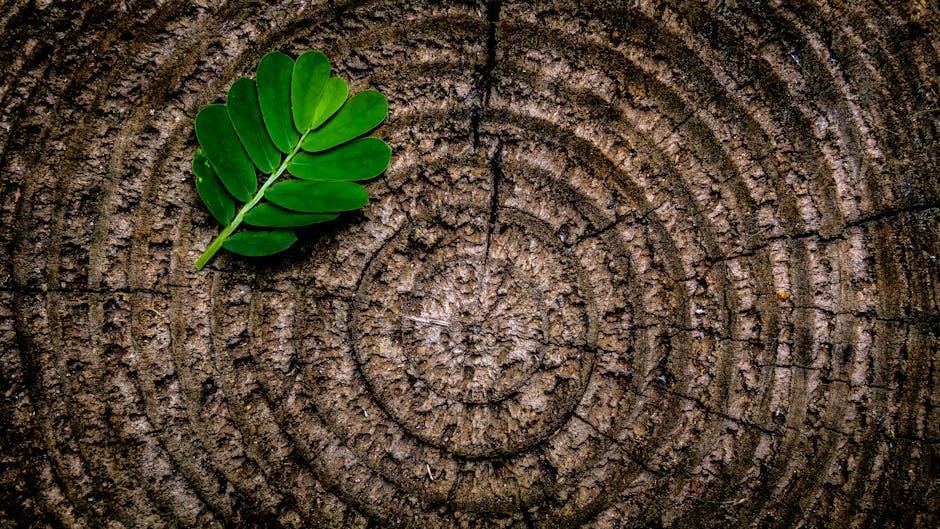Tree rings are not just circles of wood found inside the trunk of a tree; they hold valuable information that can help us understand the past. These intricate patterns of growth can tell us a great deal about the environmental conditions a tree has experienced over its lifespan. In this article, we will explore the fascinating world of tree rings and what they can tell us about the history of our planet.
Tree rings are more than just the natural growth rings found in trees – they are a valuable tool for scientists and researchers to understand our environment, climate, and history. By analyzing the width, density, and composition of tree rings, we can uncover a wealth of information about past events and cultural insights.
Interpreting tree rings for climate data provides us with a detailed record of environmental conditions over time. Each ring represents a year of growth, with variations in ring width reflecting changes in temperature, precipitation, and even natural disasters. Understanding tree rings for environmental research allows us to track trends and patterns in the climate, helping us to predict future changes and adapt to a rapidly changing world.
Using tree rings to study past events gives us a window into history, revealing details about ancient civilizations, natural disasters, and even human impact on the environment. By analyzing tree rings for cultural insights, we can gain a deeper understanding of how societies have interacted with their surroundings throughout time, shedding light on how we can learn from the past to shape a more sustainable future.
Q&A
Q: What information can tree rings provide about a tree’s history?
A: Tree rings can reveal a tree’s age, growth rate, environmental conditions during its lifetime, and even events such as droughts, fires, or insect infestations.
Q: How do tree rings form?
A: Tree rings are formed as a tree grows, with a new ring added each year. The width and characteristics of each ring are influenced by factors such as temperature, rainfall, and sunlight.
Q: What can tree rings tell us about climate change?
A: By studying tree rings, scientists can track changes in climate over hundreds or even thousands of years. Variations in ring width can indicate periods of drought, temperature fluctuations, and other climate events.
Q: How can tree rings be used in archaeological research?
A: Tree rings can be used to date historical and archaeological artifacts made from wood, as well as to provide insight into past climate conditions and the impact of human activities on the environment.
Q: How can individuals contribute to tree ring research?
A: Citizens scientists can help collect tree ring samples and data, contributing valuable information to scientific studies on climate change, forest management, and environmental conservation.
Conclusion
In conclusion, tree rings provide a valuable insight into the past environmental conditions and can help scientists to better understand climate patterns, natural disasters, and even human activities. By studying these natural archives, we can gain a deeper appreciation for the interconnectedness of our planet’s ecosystems and the impact that we have on them. As we continue to study and analyze tree rings, we may uncover even more secrets and mysteries that they hold within their concentric circles. The study of tree rings remains a vital tool in our quest to unravel the Earth’s past and predict its future.
Simpsons Tree Services, Servicing Melbourne’s North Eastern Suburbs
Book a quote online at www.simpsonstrees.com.au




